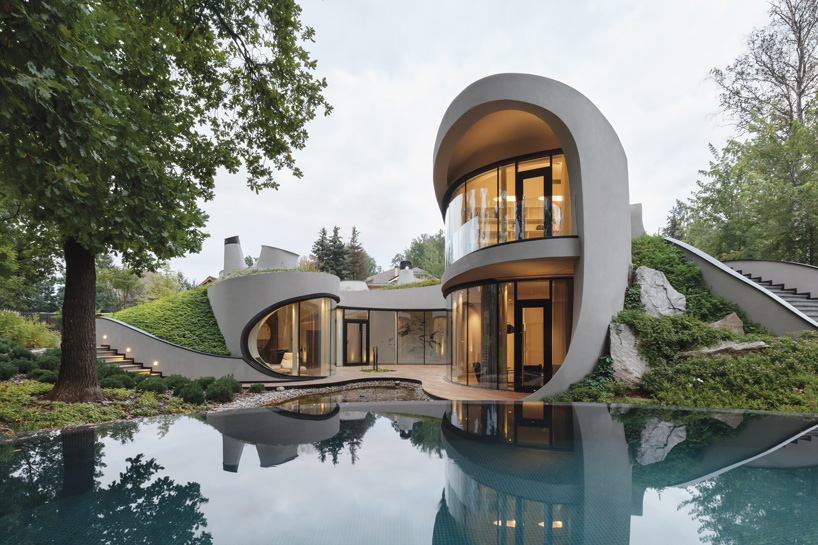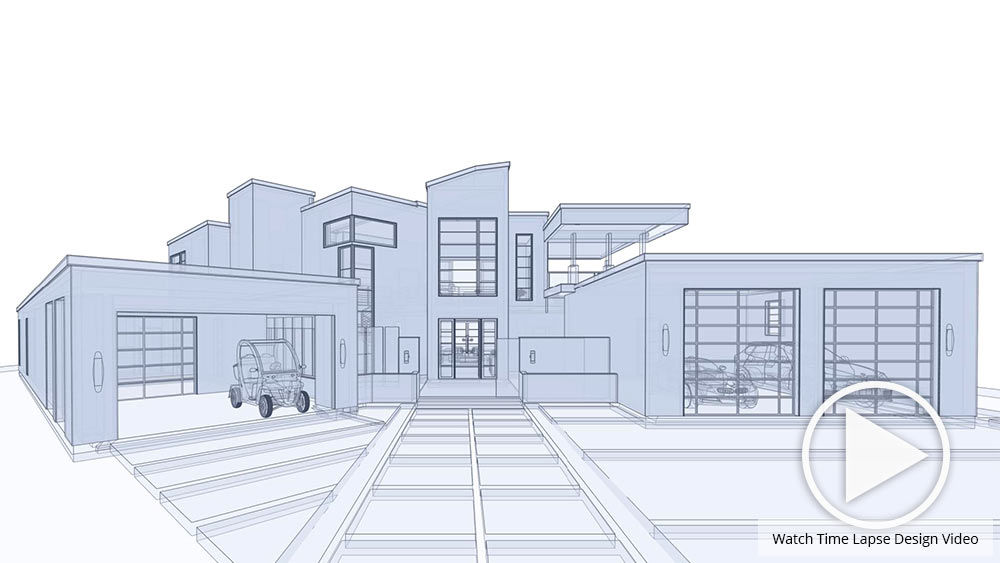Discover Ingenious Layouts with Leading CDA Architects for Your Following Project
Discover Ingenious Layouts with Leading CDA Architects for Your Following Project
Blog Article
A Comprehensive Summary of Architectural Styles and Their Influence on Modern City Planning and Development
Building styles have long offered as a mirror to the societal values and technological developments of their time, playing an important duty in forming contemporary city planning and growth. From the magnificence of Neoclassicism to the practical technique of Brutalism, each style has actually presented distinct principles that influence metropolitan aesthetic appeals and functionality.
Historic Summary of Building Styles
Throughout history, building styles have advanced in feedback to social, technical, and environmental variables. Each period mirrors the prevailing values, ideas, and advancements of its time, bring about a rich tapestry of style that indicates human creative thinking and adjustment. The old civilizations, such as the Egyptians and Greeks, established fundamental designs that emphasized balance and percentage, serving both functional and aesthetic objectives.
As cultures transitioned through the Middle Ages, Gothic design arised, identified by its verticality and intricate outlining, matching the spiritual desires of the era. The Renaissance marked a resurgence of classic perfects, combining art and style in innovative manner ins which influenced succeeding designs throughout Europe.
The Industrial Change presented brand-new products and construction methods, triggering motions like Innovation, which tested traditional types and accepted simpleness and performance. The 20th century saw a diversity of designs, with Postmodernism responding versus the plain minimalism of its precursor, including historical references and diverse components.
Today, building designs proceed to develop, driven by globalization and sustainability problems, mirroring a vibrant interplay between heritage and advancement. This historic overview underscores the relevance of style as a mirror of social advancement and as a stimulant for city growth.
Trick Architectural Styles Explained
The variety of building designs shows the myriad impacts that form our constructed setting, each personifying distinctive features and social importances. Key architectural styles consist of Timeless, Gothic, Baroque, Innovation, and Postmodernism, each representing distinct historic contexts and visual approaches.
Timeless design, rooted in ancient Greece and Rome, highlights symmetry, percentage, and making use of columns. On the other hand, Gothic style, growing in the Middle Ages, is identified by pointed arcs, ribbed vaults, and flying buttresses, creating an aerial quality in sanctuaries. Baroque design, emerging in the 17th century, is noted by grandeur, sophisticated ornamentation, and a vibrant interaction of light and shadow.

Recognizing these designs supplies understanding into the cultural narratives and technical advancements of their respective eras, highlighting just how style offers not simply as a shelter, but as a reflection of social worths and ambitions.
Effect On Urban Planning
Fit the development of cities, building designs substantially influence urban preparation choices. The option of architectural design often determines the visual appeals, functionality, and total personality of metropolitan environments. Innovation, with its emphasis on minimalism and capability, motivates open areas and the combination of innovation, shaping city designs that focus on effectiveness and access. Alternatively, typical designs may stress historic preservation, resulting in urban layouts that keep cultural heritage and advertise pedestrian-friendly settings.
Moreover, architectural styles can impact zoning laws and land utilize plans. Urban organizers need to consider the prevailing architectural patterns when making districts, guaranteeing that brand-new growths balance with existing frameworks. This factor to consider fosters natural city landscapes and enhances area identity.
The execution of particular architectural styles can also affect socioeconomic factors within a city. Premium modern layouts might bring in wealthy citizens and organizations, leading to gentrification, while extra affordable housing remedies could focus on functional and lasting styles to fit diverse populations. Ultimately, the interaction in between architectural styles and urban planning creates vibrant cities that mirror both historic context and contemporary requirements, shaping the lived experiences of their inhabitants.
Sustainability and Modern Style
Building styles play a critical role in dealing with contemporary challenges, specifically in the world of sustainability. As metropolitan areas increase and ecological worries increase, modern-day design significantly accepts sustainable design concepts that focus on energy effectiveness, resource preservation, and very little ecological influence.
Contemporary architectural movements, such as biophilic layout and eco-friendly architecture, supporter for frameworks that integrate with their environments, using natural products and promoting biodiversity - cda architects. These designs typically integrate sustainable power sources, such as photovoltaic panels and wind generators, to decrease dependence on nonrenewable fuel sources and lower carbon impacts
Moreover, the assimilation of advanced modern technologies, such as wise structure systems, improves energy management, maximizing resource use while guaranteeing owner comfort. Cutting-edge water monitoring strategies, consisting of rainwater harvesting and greywater recycling, more add to sustainable city atmospheres.
Especially, sustainability extends past ecological concerns; it includes social and financial dimensions. By promoting community well-being and promoting inclusivity, modern-day building designs line up with lasting advancement goals. The evolution of building practices continues to form resistant cities that not just fulfill the requirements of the present yet also guard the future for generations to come.
Area Engagement in Style
Area engagement in design works my site as an important bridge between architects and the populaces they offer, making sure that the constructed environment reflects the needs and desires of its users. This collective process invites community members to contribute their understandings and choices, fostering a feeling of possession and responsibility toward the spaces they live in.
Effective neighborhood engagement employs various techniques, such as workshops, surveys, and public online forums, to gather diverse point of views (cda architects). These approaches facilitate a two-way discussion, enabling designers to recognize regional contexts while encouraging citizens to voice their worries and desires. This inclusivity not navigate to these guys only boosts the design quality but additionally promotes social equity by resolving the special challenges dealt with by marginalized teams

Verdict
Architectural designs have actually greatly affected contemporary city preparation and development, reflecting progressing social and technical contexts. As cities proceed to expand and adjust, the continuous discussion in between building heritage and click this link contemporary style principles will certainly stay important in creating inclusive, lively rooms that boost top quality of life and advertise social equity.
Report this page